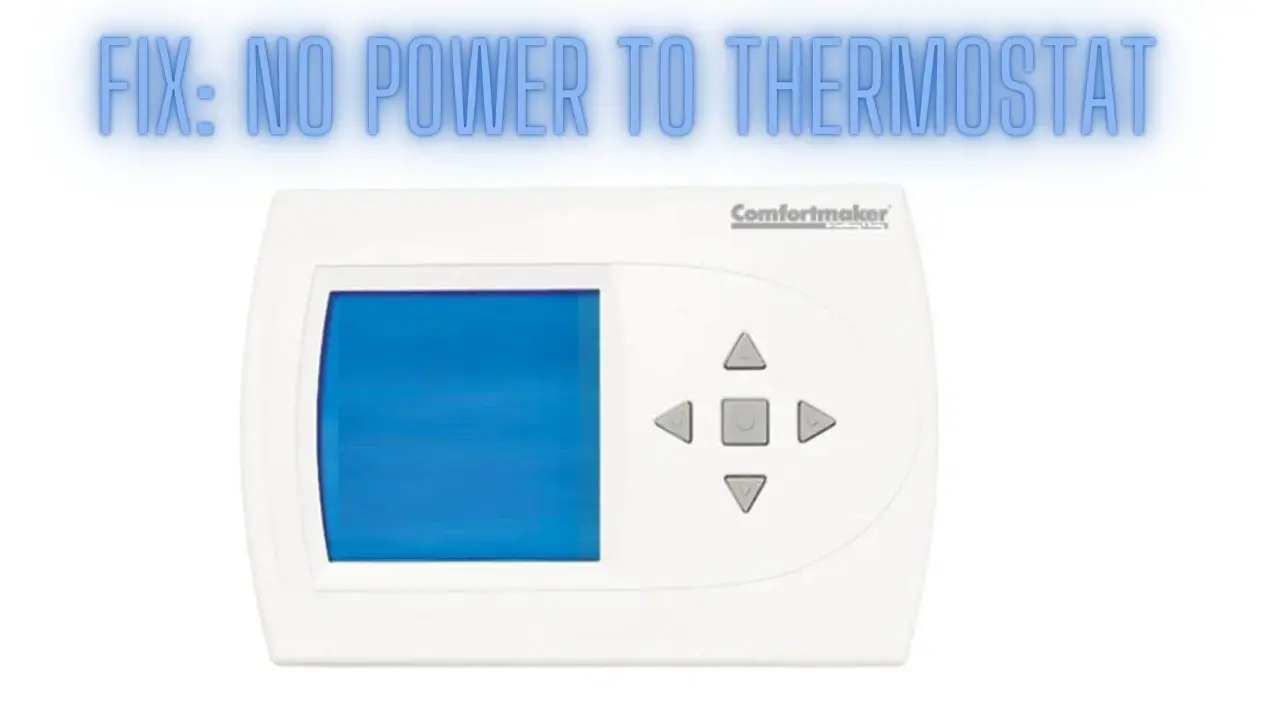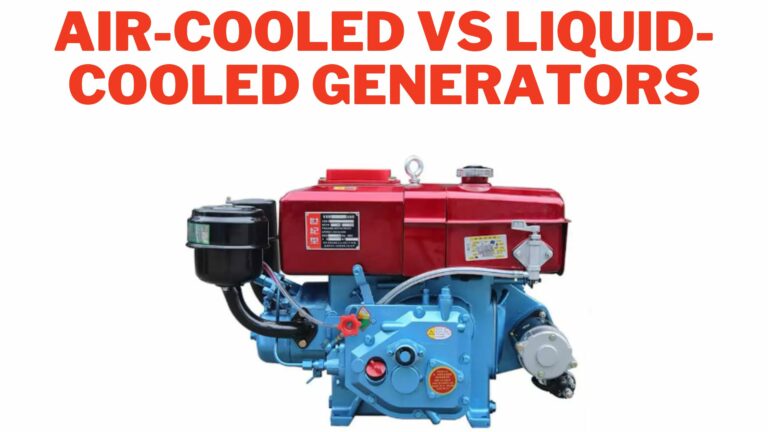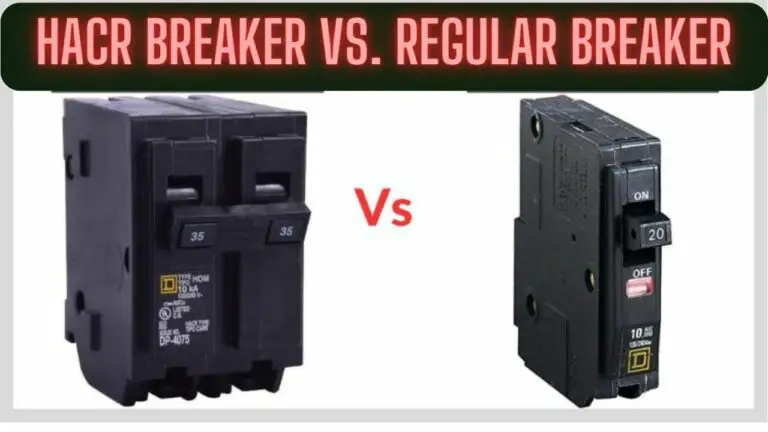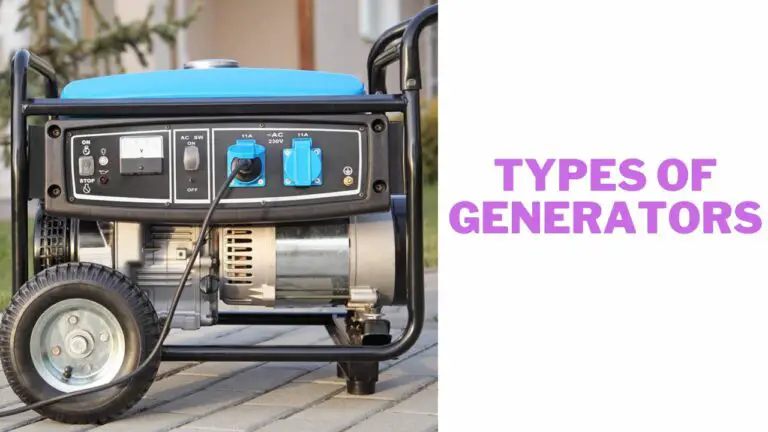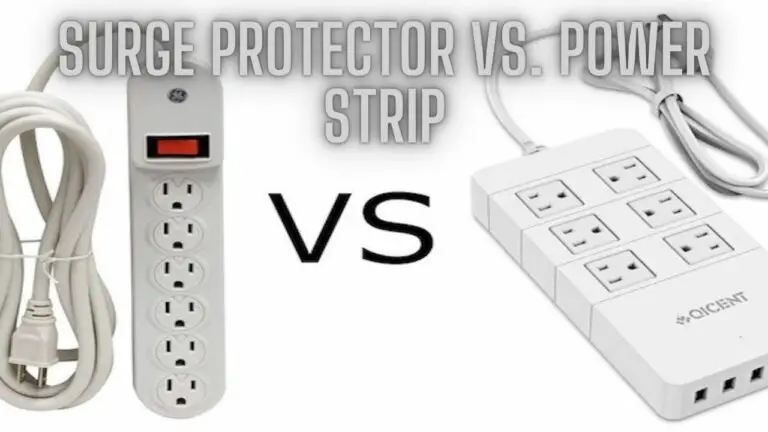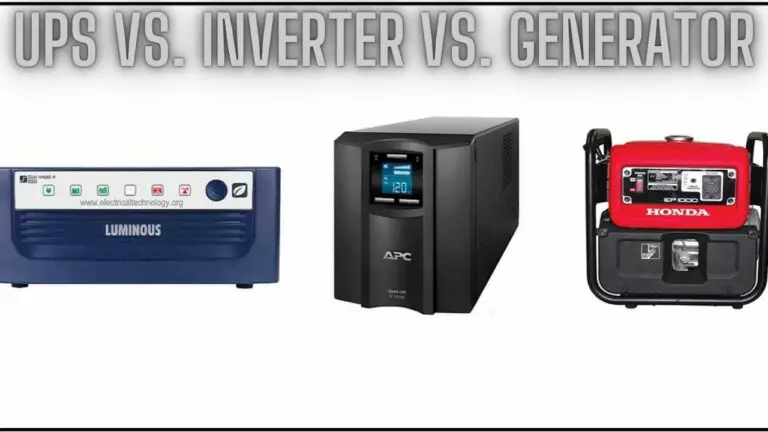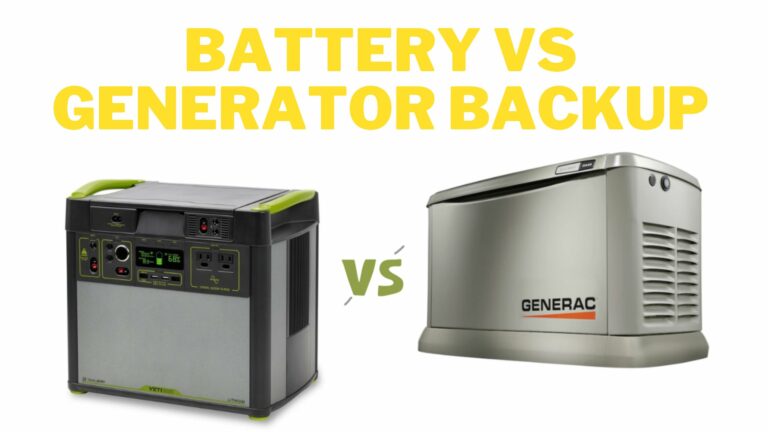No Power to Thermostat: Troubleshooting and Solutions
Introduction
A thermostat is a critical component of your heating, ventilation, and air conditioning (HVAC) system, responsible for regulating the temperature within your home or building. However, when there is no power reaching the thermostat, it becomes unable to control the HVAC system, leading to potential discomfort and inefficiency in maintaining desired indoor temperatures.
In this guide, we will explore the common causes of no power to the thermostat and provide troubleshooting steps to help you identify and resolve the issue. By understanding the importance of power to the thermostat and following the troubleshooting process outlined here, you can restore functionality to your HVAC system and ensure optimal comfort and efficiency within your home or building.
Understanding the Importance of Power to Thermostat
Power to the thermostat is essential for its operation and functionality within the HVAC system. Here’s why it’s crucial:
- Control Functionality: The thermostat serves as the control center for your HVAC system, allowing you to set and adjust the desired temperature for heating or cooling. Without power, the thermostat cannot send signals to the HVAC equipment to activate heating or cooling cycles, resulting in an inability to regulate indoor temperatures effectively.
- Temperature Sensing: Most thermostats rely on power to operate temperature sensors accurately. These sensors detect the current indoor temperature and compare it to the desired setpoint. If there is no power, the thermostat cannot sense temperature changes or make adjustments accordingly, leading to inaccurate temperature control.
- Programmable Features: Many modern thermostats come with programmable features that allow you to schedule temperature settings based on your daily or weekly routines. Power is necessary for these programmable functions to work correctly. Without power, the thermostat may revert to default settings or lose programmed schedules, affecting comfort and energy efficiency.
- Communication with HVAC Equipment: Thermostats communicate with HVAC equipment, such as furnaces, air conditioners, and heat pumps, to signal when to turn on, off, or adjust operation. Power enables the thermostat to send these signals via wiring or wireless protocols to control HVAC equipment effectively. Without power, the HVAC system may not respond to thermostat commands, leading to heating or cooling issues.
- Display and User Interface: Power is required to illuminate the thermostat display and operate the user interface. Without power, the thermostat may appear blank or unresponsive, making it difficult or impossible for users to interact with or adjust settings.
In summary, power to the thermostat is essential for its control functionality, temperature sensing, programmable features, communication with HVAC equipment, and user interface operation. Without power, the thermostat cannot effectively regulate indoor temperatures, leading to discomfort, energy waste, and potential HVAC system issues. Therefore, ensuring proper power supply to the thermostat is vital for maintaining a comfortable and efficient indoor environment.
Common Causes of No Power to Thermostat
- Tripped Circuit Breaker: A tripped circuit breaker in your electrical panel may cut off power to the thermostat. This can happen due to electrical overloads, short circuits, or other electrical issues in your home.
- Blown Fuse: Similar to a tripped circuit breaker, a blown fuse in the HVAC system’s fuse box can disrupt power supply to the thermostat. Fuses may blow due to electrical faults or overloading.
- Loose Wiring Connections: Loose or disconnected wiring connections between the thermostat and the HVAC system can prevent power from reaching the thermostat. This may occur due to poor installation, wear and tear, or accidental damage.
- Faulty Transformer: The transformer converts high-voltage electricity from your home’s electrical system into low-voltage power suitable for the thermostat and HVAC controls. A malfunctioning transformer can result in insufficient or no power reaching the thermostat.
- Dead Batteries: If your thermostat operates on battery power (common in some models), dead or depleted batteries can cause a loss of power. It’s essential to check and replace the batteries regularly to ensure proper operation.
- Tripped GFCI Outlet: If your thermostat is connected to a GFCI (ground fault circuit interrupter) outlet, a tripped GFCI can interrupt power supply. GFCI outlets are designed to protect against electrical shocks and may trip due to ground faults or moisture exposure.
- Faulty Thermostat: In some cases, the thermostat itself may be faulty and unable to receive or maintain power. This can occur due to internal wiring issues, component failures, or damage.
- HVAC System Shutdown: If the HVAC system is shut down or disconnected for maintenance or repairs, it will cut off power to the thermostat. Ensure that the HVAC system is operational and properly connected to restore power.
- External Factors: External factors such as power outages, storms, or damage to electrical wiring outside your home can also result in a loss of power to the thermostat.
Identifying the specific cause of no power to the thermostat requires a systematic troubleshooting approach, starting with basic checks and progressing to more complex solutions. By identifying and addressing the underlying issue, you can restore power to the thermostat and ensure proper operation of your HVAC system.
Troubleshooting Steps
- Check the Thermostat Display: Start by checking the thermostat display to confirm if it’s completely blank or displaying an error message. This can help determine if the issue is related to power loss or a malfunctioning thermostat.
- Verify Power Source: Ensure that the HVAC system is receiving power from the electrical panel or fuse box. Check the circuit breaker or fuse dedicated to the HVAC system and reset or replace it if tripped or blown.
- Inspect Wiring Connections: Carefully examine the wiring connections between the thermostat and the HVAC system. Look for loose, damaged, or disconnected wires and reconnect or tighten them as needed. Use a voltage tester to check for power at the thermostat wiring terminals.
- Test Transformer Voltage: If the thermostat operates on low-voltage power, locate the transformer in the HVAC system and test its output voltage using a multimeter. The voltage should match the thermostat’s requirements (typically 24 volts AC). Replace the transformer if it’s faulty or not supplying the correct voltage.
- Replace Batteries: If your thermostat uses batteries for power, replace them with fresh ones and ensure they are inserted correctly. Dead or depleted batteries can cause a loss of power to the thermostat.
- Reset GFCI Outlets: If the thermostat is connected to a GFCI outlet, locate the outlet and reset it by pressing the reset button. Check for any signs of tripping or malfunction and address accordingly.
- Check HVAC System Operation: Ensure that the HVAC system is operational and properly connected. Verify that power switches or disconnect switches for the HVAC equipment are turned on and that there are no issues with the system’s wiring or components.
- Test Thermostat Functionality: If power is restored but the thermostat still doesn’t function, perform a reset or factory reset according to the manufacturer’s instructions. Test the thermostat’s buttons, settings, and display to confirm proper operation.
- Consult a Professional: If you’re unable to identify or resolve the issue after performing basic troubleshooting steps, consider contacting a qualified HVAC technician or electrician for further diagnosis and repair. They have the expertise and tools to troubleshoot complex electrical problems and ensure the safe operation of your HVAC system.
By following these troubleshooting steps systematically, you can identify and address the underlying cause of no power to the thermostat, restoring functionality to your HVAC system and maintaining optimal comfort within your home or building.
No Power to Thermostat FAQs
- Why is my thermostat not turning on?
- There could be several reasons why your thermostat is not turning on, including a lack of power, a malfunctioning thermostat, or issues with the HVAC system. Start by checking for power to the thermostat using the troubleshooting steps outlined in this guide.
- How do I know if my thermostat has power?
- You can check if your thermostat has power by verifying that the display is illuminated and responsive. If the display is blank or unresponsive, it may indicate a lack of power. You can also use a multimeter to test for voltage at the thermostat’s wiring terminals.
- What should I do if my thermostat is not getting power?
- If your thermostat is not getting power, start by checking the power source, such as circuit breakers, fuses, and GFCI outlets. Inspect wiring connections, test the transformer, and verify thermostat settings. If you’re unable to resolve the issue, consider consulting a professional HVAC technician or electrician for assistance.
- Why did my thermostat lose power?
- There are several possible reasons why your thermostat may lose power, including tripped circuit breakers, blown fuses, loose wiring connections, faulty transformers, dead batteries, or issues with the HVAC system. Identifying the specific cause requires systematic troubleshooting.
- Can I fix a thermostat that has no power myself?
- In many cases, you can troubleshoot and fix a thermostat that has no power yourself by following the troubleshooting steps outlined in this guide. However, if you’re unsure or uncomfortable working with electrical systems, it’s best to consult a qualified HVAC technician or electrician for assistance.
- How often should I check my thermostat for power issues?
- It’s a good idea to periodically check your thermostat for power issues, especially if you notice any unusual behavior or changes in HVAC system operation. Regular maintenance and inspection can help prevent issues and ensure reliable performance.
- Is it safe to reset a circuit breaker or replace a fuse myself?
- Resetting a tripped circuit breaker or replacing a blown fuse can generally be done safely by following proper procedures. However, if you’re unsure or uncomfortable working with electrical systems, it’s best to consult a qualified professional for assistance to ensure safety and proper repairs.
- What are some signs that my thermostat may have power issues?
- Signs that your thermostat may have power issues include a blank or unresponsive display, inability to adjust temperature settings, erratic behavior, or failure to activate the HVAC system. If you notice any of these signs, it’s essential to investigate and address the issue promptly to avoid discomfort and potential HVAC system damage.
Conclusion
When experiencing no power to the thermostat, it’s essential to understand the significance of power to thermostat operation and to identify and address the underlying cause promptly. By following the troubleshooting steps outlined in this guide, including checking the power source, inspecting wiring connections, testing the transformer, verifying thermostat settings, and consulting a professional if necessary, you can diagnose and resolve the issue effectively.
Maintaining proper power to the thermostat ensures that your HVAC system functions correctly, allowing you to maintain desired indoor temperatures and optimize comfort and energy efficiency within your home or building. Remember to prioritize safety when working with electrical systems and consult qualified professionals for assistance with complex issues.
By addressing no power to the thermostat promptly and comprehensively, you can restore functionality to your HVAC system and ensure reliable operation for years to come.

